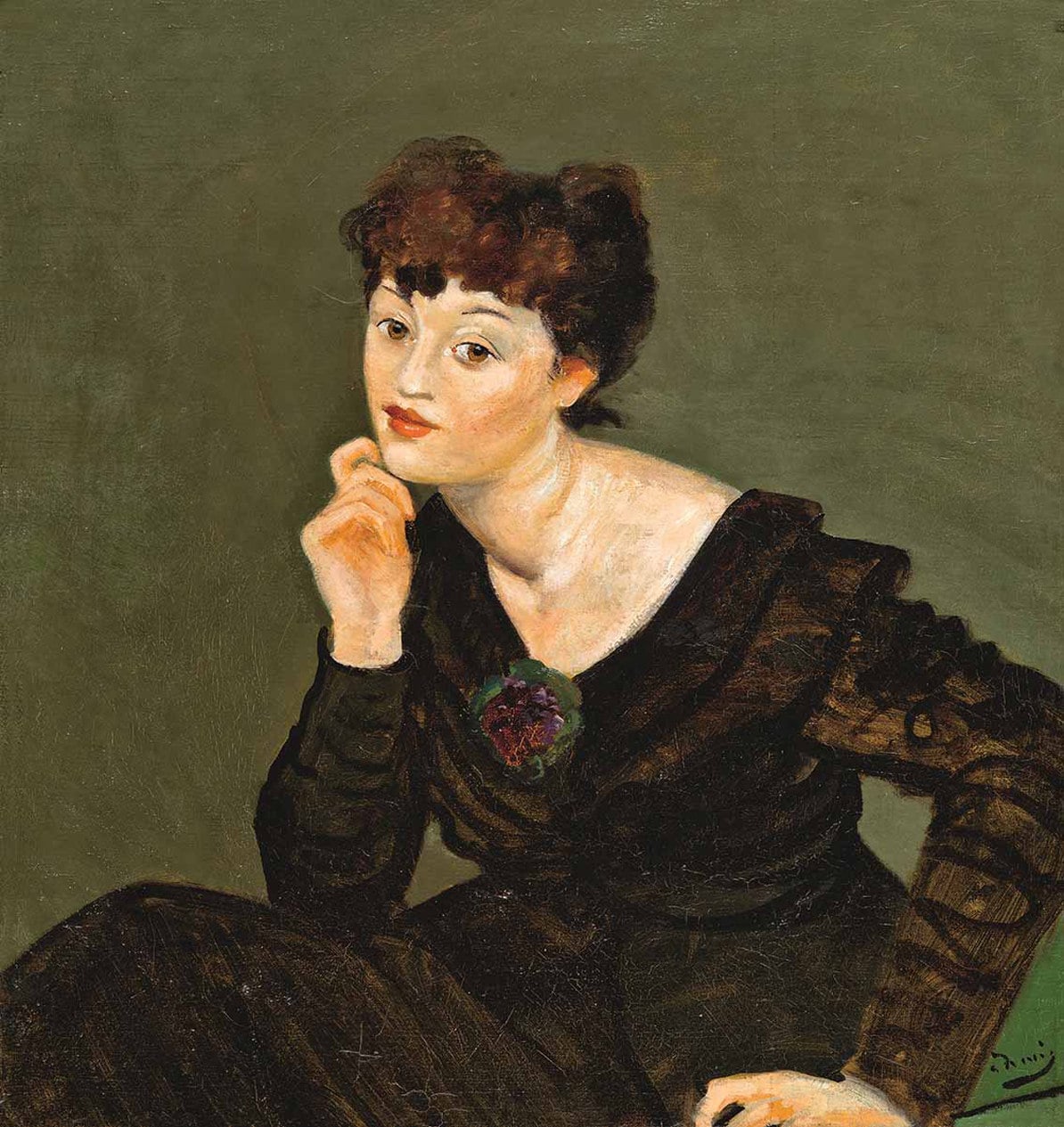Derain, Balthus, Giacometti. Friendship among artists
FEB.01.2018 ──────── MAY.06.2018

André Derain
Isabel Lambert, 1935-1939, Oil on canvas, 75,6 × 74 cm
© André Derain, VEGAP, Madrid, 2018
Photo: © North Carolina Museum of Art, Raleigh (North Carolina).
Exhibition
FEB.01.2018 ── MAY.06.2018
Location
Recoletos Exhibition Hall
Paseo Recoletos 23, 28004 Madrid
The exhibition, with around 240 exhibits, has generous support from numerous private collections and international institutions, with special attention being brought to: Fondation Giacometti, Paris; Musées d’Orsay and de l’Orangerie, Paris; Albright Knox Art Gallery, Buffalo; Minneapolis Institute of Art; The Pierre and Tana Matisse Foundation, Nueva York; Hirshhorn Museum and Sculpture Garden, Washington D.C.; Musée Picasso, Antibes; Musée National Picasso, Paris; Musée d’Art Moderne de la Ville de Paris; Tate, London; Fondation Beyeler, Basilea and Kunsthaus, Zurich.
This exhibition, conceived by the Musée d’Art Moderne de la Ville de Paris, Paris Musées, was organised with Fundación MAPFRE. Curated by Jacqueline Munck, Chief Curator at the Musée d’Art moderne de la Ville de Paris.

Common friends: between Saint-Germain and Montparnasse alternated with many artists, writers and poets: Antonin Artaud, Max Jacob, André Breton, Louis Aragon, Jean Cocteau, Pierre Reverdy, Albert Camus, Samuel Beckett, Jean-Paul Sartre and André Malraux. Theatre also played a special role, and they carried out several projects with Marc Allegret, Boris Kochno, Roger Blin and Jean-Louis Barrault; they also had fashion in common, with Jacques Doucet, Paul Poiret and Christian Dior, and the art market with Pierre Loeb, Pierre Colle and Pierre Matisse.
Looking to the past: is a common theme to the artists, at some point during their careers, seeking references for their work from the past. For Derain, the renewal of his art was based on authentic plastic humanism. Giacometti, with his copies of the Italian masters, Egyptian or African statues., tried to fully express the way he saw things and bring out the work that impressed him. For Balthus «true modernity was a reinvention of the past».
A different modernity: the work by Derain, Balthus and Giacometti takes us closer to that “other history of art” that does not follow a straight line from impressionism to post-impressionism to the avant-garde, but is more inserted in a figuration that we could classify as modern laying claim to the past of painting in an artistic environment while at the same time consecrating the abstract and surrealist movements, rebuilding their national history; thus sharing a common type of family tree and different modernity linking them more to other artists such as Edvard Munch, Pierre Bonnard, Edward Hopper and Lucian Freud.
Download press conference:
If you would like high resolution images, please let us know for which publication or media is your request: Click here.




